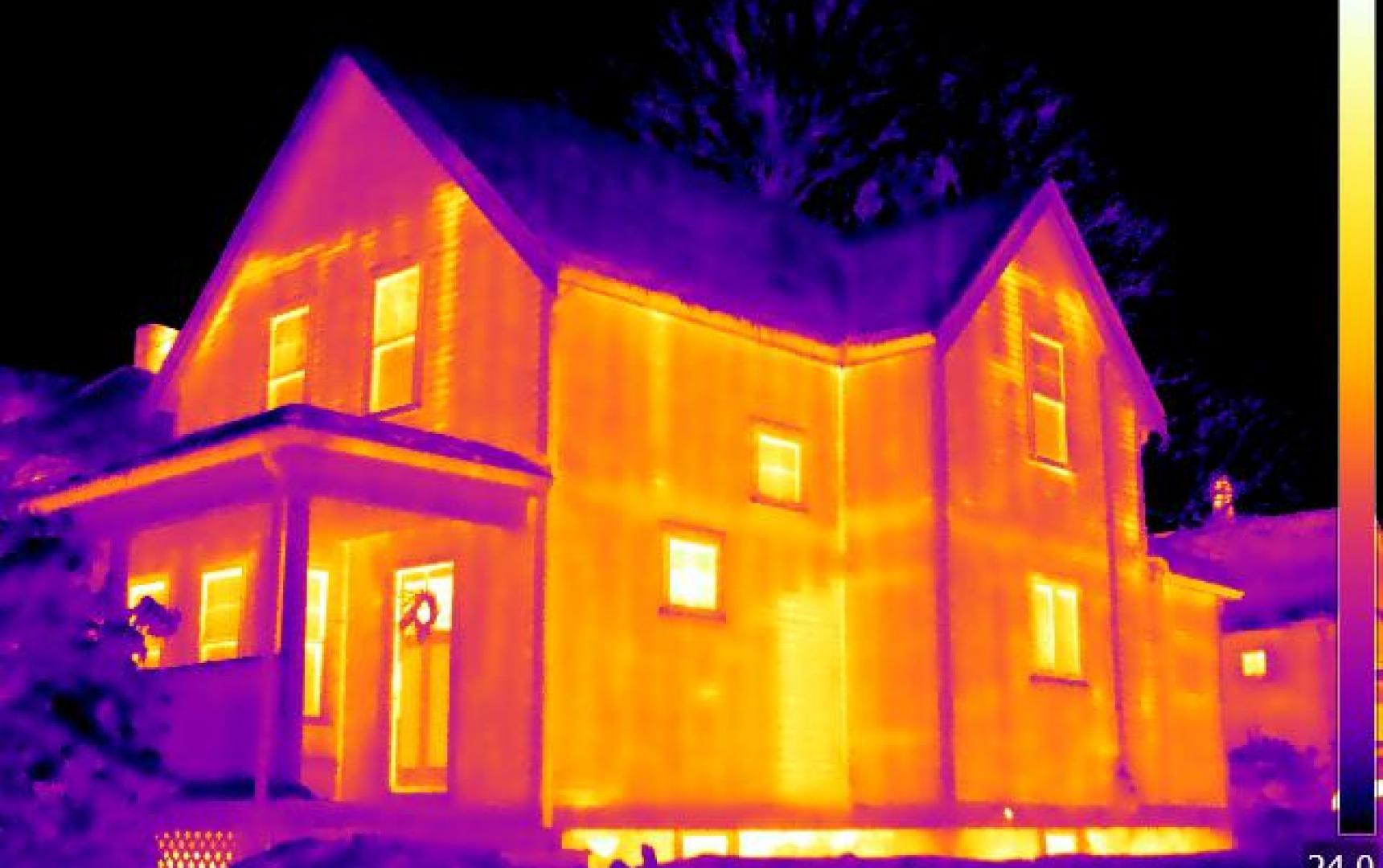Without getting too heavy into the details, actual, terminal, guidance of a weapon towards a moving target, like an airplane, requires great precision.
Optical guidance works, but, the weapon has to be able to guide optically.
To guide it remotely, based on sensor track data, is a losing proposition.
So, it’s not enough to see the target, you have to be able to guide on it. It’s a very different thing.
Yes, aircraft have different signatures across different spectra.
One of the problems however, with different wavelengths is just that, the wavelength. With the same size lens, the same size sensor, you go deep into infrared (longer wavelength) and your resolution falls off considerably. It’s basic physics.
While the math is the same as tracking a potential asteroid, using telescopes, and the background, angular displacement, and everything else, you have months to figure out the asteroid is there, but only seconds to determine the airplane is there before you lose the shot.

